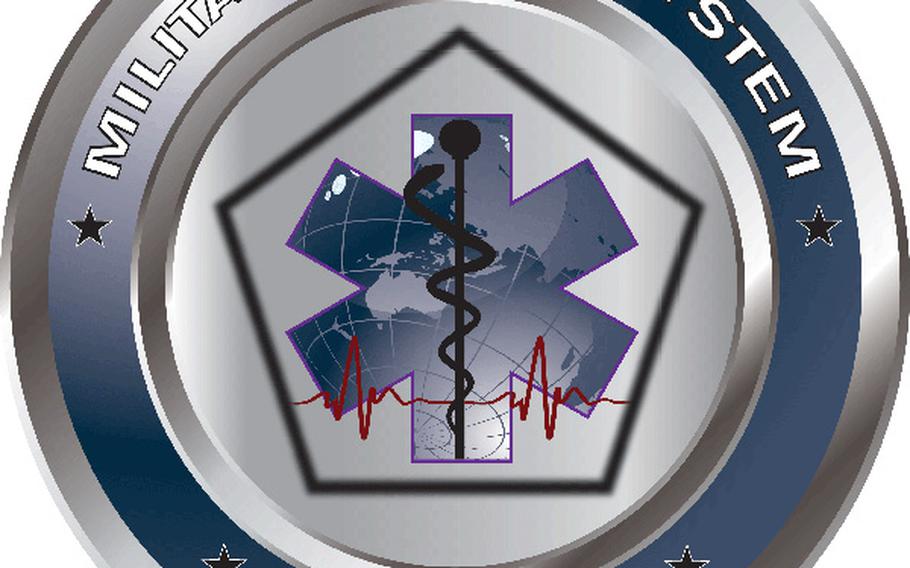
()
Syphilis cases are on the rise in the U.S. military, where a 53 percent hike in infections constitutes a growing public health concern.
The increase, which coincides with similar trends in the civilian population, suggests troops are engaging in riskier sexual behavior, such as casual encounters fueled by the rise of Internet dating, the Armed Forces Health Surveillance Center said in a monthly report on communicable diseases.
“The increasing incidence of syphilis in military members is of significant public health concern because this finding suggests that some servicemembers have been engaging in unsafe sexual practices that increase the likelihood of acquisition of other sexually transmitted infections,” including HIV, the report said.
Between January 2010 and August 2015, 2,976 cases of syphilis were diagnosed in the Armed Forces, according to the report. Rates increased from 30.9 cases per 100,000 troops in 2010 to 47.4 cases per 100,000 in 2015. Men accounted for 88.7 percent of the cases. Rates of syphilis were highest among black, non-Hispanic servicemembers or those ages 20-29.
Since 2012, rates have also risen among other groups, including white and Hispanic troops. Of those infected, about 25 percent, or 727 cases, were also diagnosed with HIV.
Within the past month alone, the Army reported eight new cases of syphilis, the Navy six, the Air Force four, and the Marines one, according to a separate report, the Armed Forces Communicable Disease Weekly Report.
The overall increase demands a coordinated military response, according to the monthly report.
“Developing and implementing syphilis-prevention measures targeting servicemembers at high risk of acquisition should continue to be promoted as well as continuation of aggressive sexual-partner notification programs,” that report said.
Public-awareness campaigns related to sexually transmitted diseases have long been part of the military, dating back to World War II, when black-and-white service announcements warned of the perils of risky sexual behavior.
Increasing rates of syphilis in active-component servicemembers reflect similar trends reported in the U.S. civilian population, the monthly report said. In recent years, health officials have offered numerous reasons for a resurgence of syphilis, such as a decrease in safe-sex practices, an increased use of Internet casual-dating sites, and an increase in oral sex, which decreases the risk of HIV transmission but increases the risk of contracting syphilis.
When caught in the early stages, syphilis is easy to treat, according to the Centers for Disease Control and Prevention. Untreated, however, the disease can cause extensive organ damage and can become life-threatening.
At one point, syphilis had largely been eliminated from the U.S. population, where the rate plummeted by 90 percent between 1990 and 2000. In 2001, trends started to reverse, with overall increases being observed mostly in men, according to the CDC.